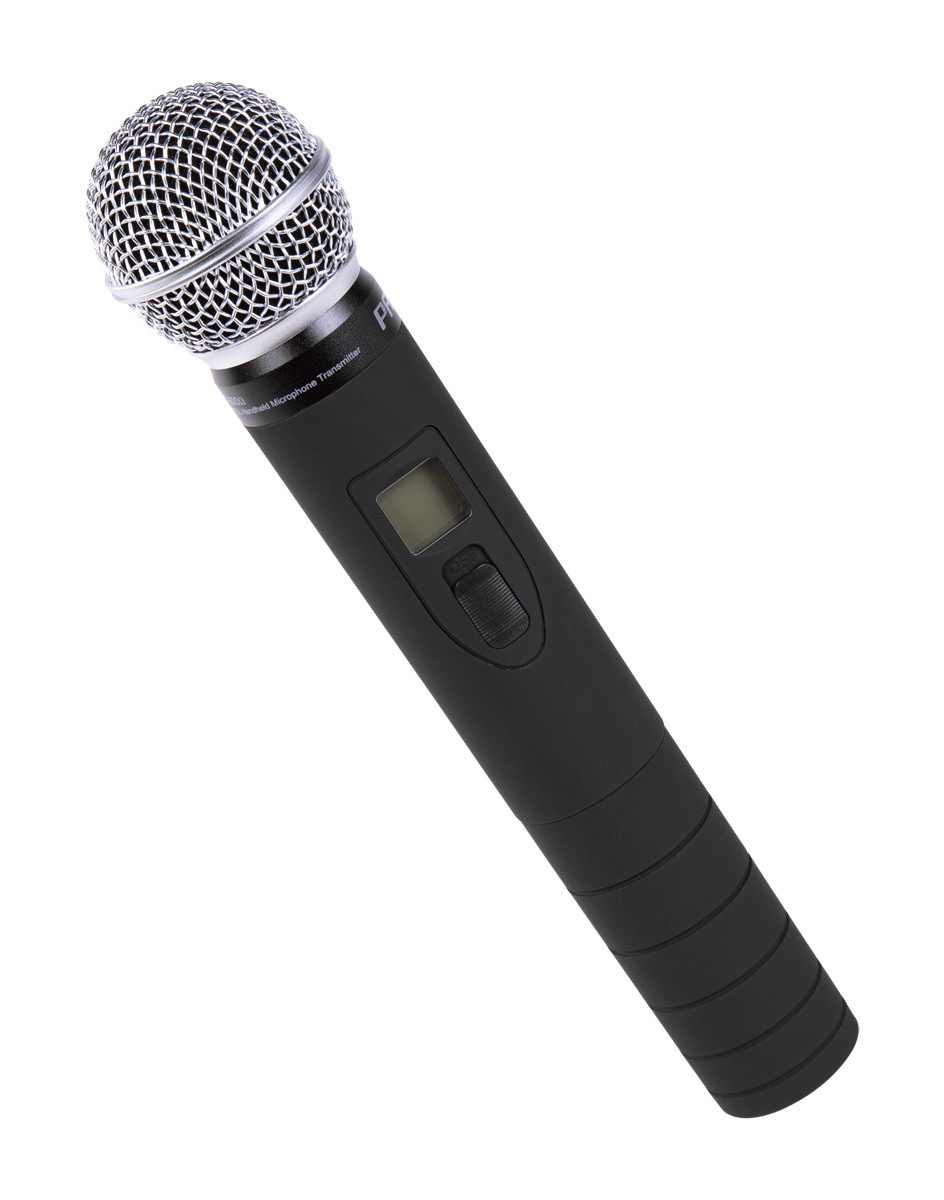Using Wireless Microphones in Australia - Understanding the UHF Spectrum and Legal Requirements
Posted: 1 February 2018
Synopsis: Changes to usable Radio Frequency Spectrum for Wireless Microphones might affect you! This article contains information about how and when to use wireless systems, how compliance laws impact wireless mic usage and how to choose the right wireless system.

Using Wireless Microphones in Australia
Jump to section:
Going Wireless
How do Wireless Devices Work?
UHF Frequency Band Compliance
How can I check the correct Frequency Range for my area?
Choosing the right Wireless Device from SWAMP
Going Wireless
If you're running a function or event, there are several types of sound sources that may need to be amplified, including MCs, musical performers or key speakers. In order to cater for such complexity, many microphones might be needed for adequate sound reinforcement. However, more microphones means more cables, more hassle, and an increased safety hazard. This is why many events, especially those that are outdoors or not hosted at a purpose-built venue, call for the use of wireless audio equipment.
Conventional wired microphones convert sound into an electrical audio signal that is sent to the sound system through a cable. Wireless microphone systems, and also wireless guitar systems, however, convert audio signals into radio signals, which are sent by a transmitter through the air to a receiver, and then onto the sound system. Wireless gear can be used to transmit microphone signals from acoustic sound sources, signals from instruments like guitars or keyboards, or even in communication networks for event staff.
While this all sounds great, operating wireless equipment does require a little more technical knowledge than your convential "plug-and-play" audio equipment, and there are certain legal requiremnts that must be adhered to. However, if you review the information presented in this blog, you'll find the necessary skills and rules for operation are not very difficult to stick to!
How do Wireless Devices Work?
A wireless microphone system basically features 2 components:
| Transmitter: | Built into the mic/sound source or or connected to it via a short cable |
 |
| Receiver: | Consists of an antenna that receives radio signals and an audio output |
 |
These two devices "communicate" with each other via Ultra high frequency (UHF) radio signals.
UHF Frequency Band Compliance
UHF signals exist between 300MHz and 3GHz of the radio frequency spectrum. However, this bandwidth is not just used by wireless microphones, but also television broadcasting, mobile phones, satellite communication including GPS, and also personal radio services, including Wi-Fi, Bluetooth, walkie-talkies, cordless phones, plus numerous other applications. It is for this reason that wireless audio equipment can only be legally operated within cerain UHF frequencies, and the permissible frequencies vary geographically.
In Australia, it is a legal requirement that wireless audio equipment is only operated within the designated UHF bands for that region. Noncompliance can result in significant fines.
As of 1 January 2015, the legal operating frequencies are 520-694MHz and 1790-1800MHz. It is worthy to note, however, that just because your equipment can operate within the aforementioned range, it doesn't mean that it is technically legal in your specific area. The frequency use of digital television stations varies significantly across different regions and overlaps with the wireless audio spectrum, so you need to keep up to date with your particular area. There are two ranges that are, at the time of writing, reserved exclusively for wireless audio equipment. These are:
520-526MHz*
1790-1800MHz
*This band is currently unused by television services but may change as a result of future planning.
For more information about UHF usage, you can visit the Australian Communications and Media Authority's (ACMA) website. The ACMA is a statutory authority within the federal government portfolio of Communications and the Arts that regulates UHF usage for broadcasting, internet usage, radiocommunications and telecommunications.
How can I check the correct Frequency Range for my area?
The simplest way check the available frequencies in your area is to type your address into the search tool provided by the ACMA. You can find this page here.
Choosing the right Wireless Device from SWAMP
We have a range of wireless microphone packages at SWAMP from the trusted manufacturers PASGAO, Saramonic and Audio Technica.
PASGAO is an experienced Chinese manufacturer based in Enping, Guangdong. PASGAO produce many types of wireless microphones and audio devices. Since passing the ISO09001-2000 quality authentication in 2005, PASGAO has partnered with many famous global microphone brands as an OEM manufacturer, producing the wireless microphone product lines for those brands. Buying a PASGAO product gives you the quality and reliability you would expect from a well known brand, but at a price that delivers unbeatable value.
Saramonic are a progressive new audio company specialising in manufacturing high-quality camera audio equipment for professionals and consumers. Producing an array of audio adapters for DSLR cameras and camcorders, as well as special purpose microphones for use with smart phones, GoPro and other mobile devices, Saramonic offer solutions for all video-related audio applications.
Audio Technica is a worldwide group of companies devoted to the design, manufacture, marketing and distribution of problem-solving audio equipment. Audio-Technica creates high-performance microphones, headphones, wireless systems, mixers and electronic products for home, travel and professional use.
For more information on wireless mic usage, please contact us and our friendly and knowledgeable team will assist!










